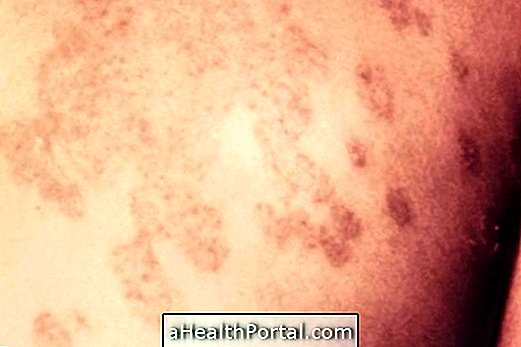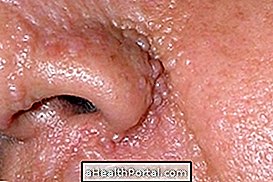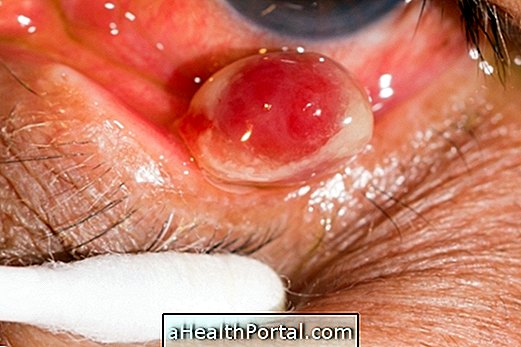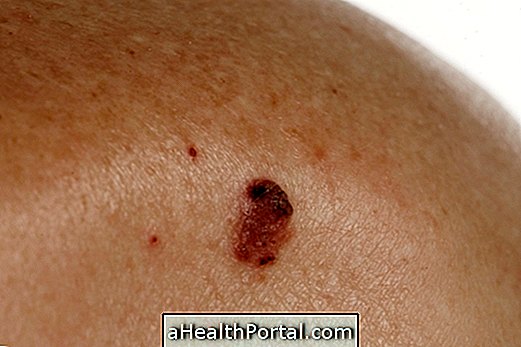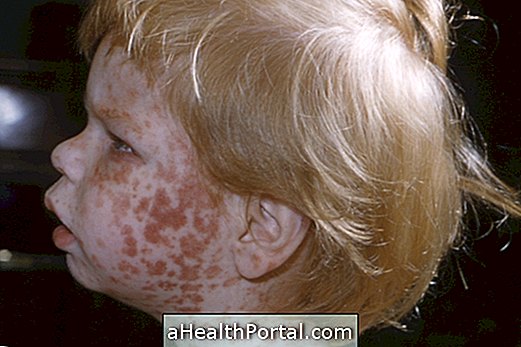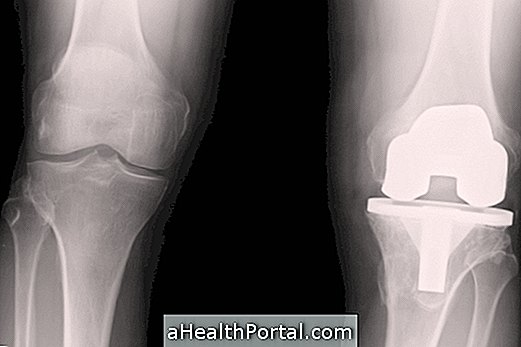To increase the chances of success of cancer treatment, it is very important to consult an oncologist or dermatologist before starting any type of treatment for the skin, as it is necessary to properly evaluate the type of cancer and the state of development to know which treatment most appropriate.
Generally, treatment is done in specialized cancer centers, such as INCA, and is started with surgery to remove the tumor and as many cancer cells as possible that can be found in the surrounding tissues. Then it may be necessary to have chemotherapy or radiation depending on the type and cancer and its size.
Treatment for melanoma

To treat this type of malignant cancer, it is almost always necessary to do radiotherapy and chemotherapy after surgery, because this type of cancer presents a great speed of growth and can affect other organs.
Thus, the most commonly used treatments in the case of melanoma include:
- Chemotherapy: The use of pills or pills directly in the veins to eliminate cancer cells that have not been removed with surgery, but can cause hair loss.
- Radiation therapy: uses X-rays directly on the skin lesion to eliminate the remaining tumor cells;
- Biological therapy: they are medicines, such as Vemurafenib, Nivolumabe or Ipilimumab, which help to strengthen the immune system so that it is able to eliminate more cancerous cells.
Melanoma is the most serious type of skin cancer and therefore, it is not always possible to achieve cure, especially when the tumor is identified at a very advanced stage. Still, these treatments help reduce symptoms and increase the life expectancy of patients.
Treatment for nonmelanoma skin cancer

This type of treatment is used for basal cell and squamous cell skin cancer and is done, most of the time, only with the use of surgery. Depending on the patient and the type of cancer, your doctor may recommend one of these surgeries:
- Mohs micrographic surgery: it is used especially for skin cancer in the face, as it is made to remove thin layers of skin until removing all the cancerous cells. In this way it is possible to avoid removing much healthy tissue and leaving very deep scars;
- Surgery for simple removal: it is the type of surgery most used, in which all the injury caused by the cancer and some of the healthy tissue are removed;
- Electro-curettage: the tumor is removed and then a small electric current is applied to stop the bleeding and to eliminate some cancer cells that may have stayed on the skin;
- Cryosurgery: it is used in cases of carcinoma in situ, in which the lesion is well delimited, being possible to freeze it until eliminating all the malignant cells.
However, in cases where the cancer is at a very advanced stage, it may still be necessary to undergo chemotherapy or radiotherapy for a few weeks to eliminate the remaining cancerous cells that are not removed in surgery.
Signs of skin cancer improvement
Signs of skin cancer improvement may occur soon after surgery and include decreased lesions and no appearance of new lesions.
Signs of worsening skin cancer
Signs of worsening skin cancer are more frequent when treatment is not started early or late, and may include new skin lesions, pain in the affected area, and excessive tiredness, for example.
Here's how to prematurely identify skin cancer in:
- Signs of skin cancer
- Skin cancer
